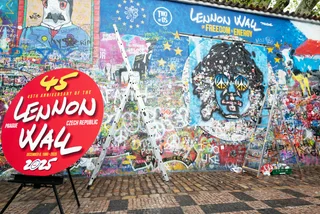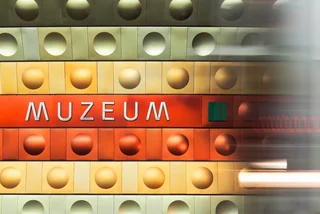Update: extended to September 27, 2020
A large collection of glass and other art by world-renowned artist, designer and architect Bořek Šípek is on display on three levels of the Dancing House daily until March 22, 2020. The show is simply titled Retrospektiva.
It will also be the last comprehensive sales exhibition of originals from the depository Šípek, who passed away in 2016 at the age of 66. The show has 200 glass items and 60 pieces of designer furniture. Some prototypes have never been exhibited before. The exhibition was created in cooperation with Šípek’s family and private collectors, and curated by Jana Sommerová.
“The concept of Retrospektiva will be unconventional. We are installing the exhibition in a colorful background so that a new perspective of unique works opens up, and visitors could learn about the original color concept and setting glass into the interiors, as the author intended,” gallery director Robert Vůjtek said.
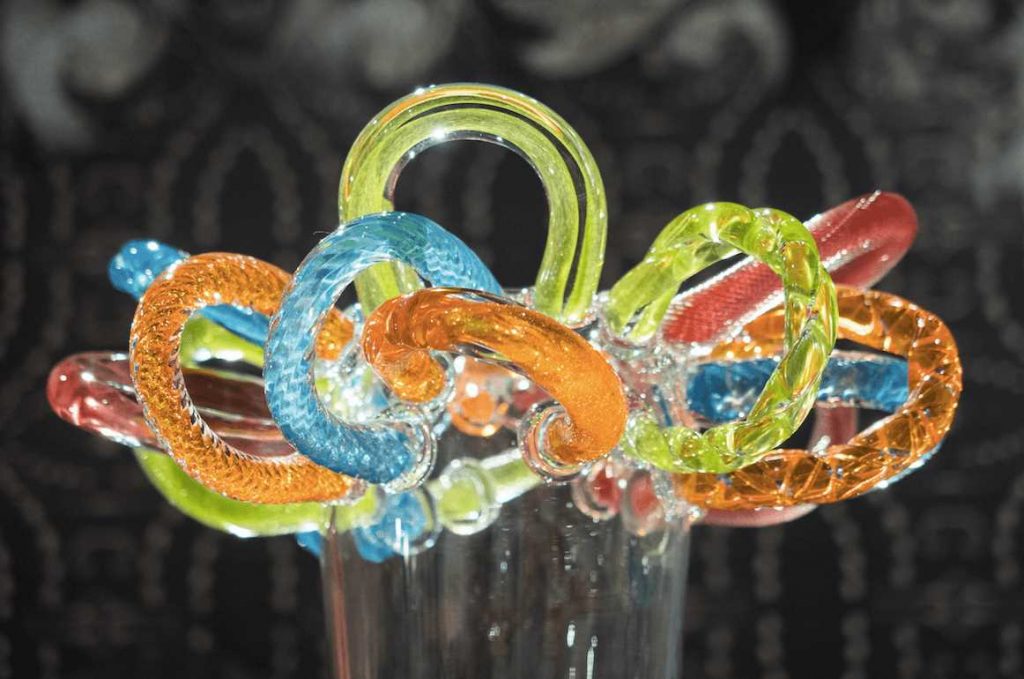
The assortment is quite diverse with vases, bowls, decanters, glasses, chandeliers, porcelain mugs, bowls, plates, chairs, armchairs, tables, cabinets, bookcases, lamps and candlesticks.
One of the most valuable works a pair of glass swords that Šípek made in 2003 for to fashion designer Karel Lagerfeld. These swords have never been exhibited before in the Czech Republic. Šípek’s last work, a wall vase made a few days before his death is also included.
Visitors can also see a collection of handmade chairs from the 1990s. These were obtained from a private collection and were never exhibited. Many were pieces of trash that he revitalized, or upcycled.
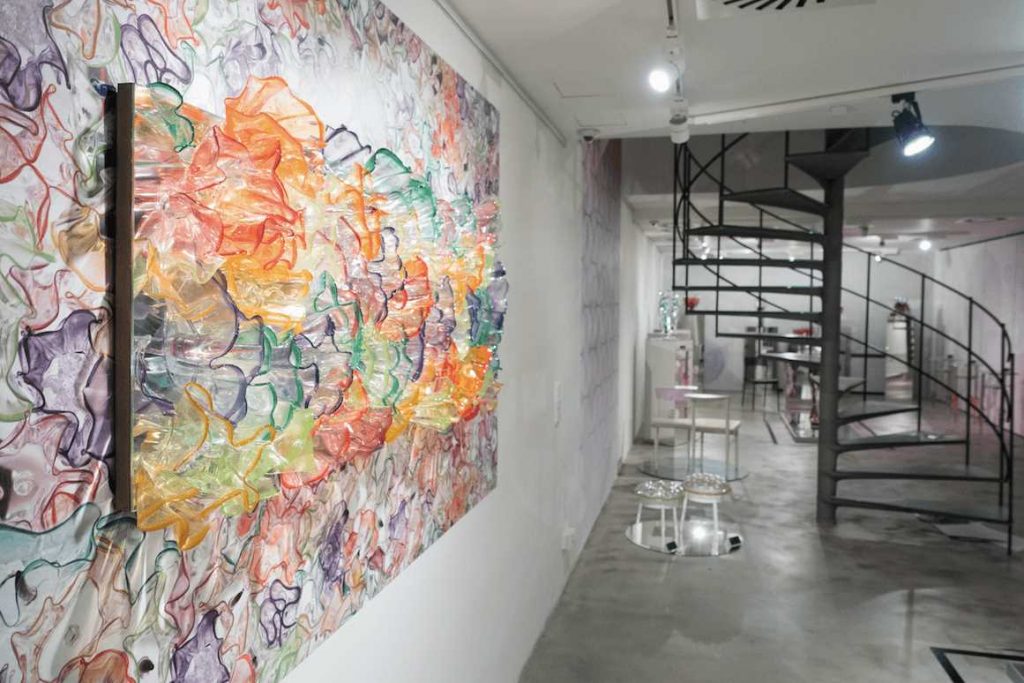
Full-Time English Elementary Teacher

Telemarketing Specialist with English - US Market

French-Speaking Senior Recruitment Consultant

Other furniture includes chairs made for a lounge in Václav Havel Airport Prague There are also whimsical items like pork products re-created in glass, and a vase with laughing face. Design sketches for his glass wotks can be seen on the walls.
Šípek was friends with former president Václav Havel, and there are pieces made for him as well.
His previous exhibition at the Dancing House was in 2015, Bořek Šípek said about his work: “I enjoy giving soul things, making seemingly inferior and often only practical objects our valuable partners. Objects with souls address us and provoke us to react — we can hate, condemn or admire, love or seize them. They can accompany our daily and festive lives,” he said at the time.
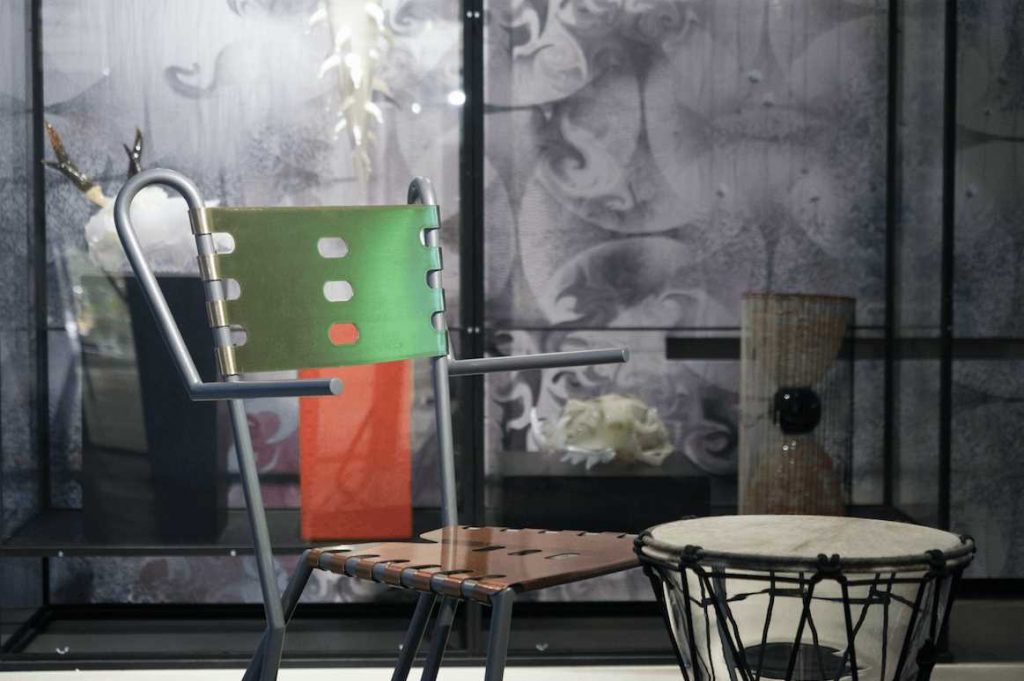
Šípek, born in 1949, gained his first experience with glass from his guardian, glass artist René Roubíček. In 1968, Šípek went to Germany, where he studied architecture and philosophy. After moving to the Netherlands, he began to design various buildings and interiors.
Success came in the early 1980s, when international companies became interested in his work. After Šípek returned to his homeland, he became a co-founder of the now famous Ajeto glass company with workshops in Nový Bor and Lindava in the Liberec region.
At the same time, he began to work as the chief architect of Prague Castle and became the only artist who, after Josip Plečnik, could intervene in the architectural and artistic form of the castle interiors. At that time, unique chandeliers and other lighting fixtures, vases, drinking glass sets, glass furniture components and other interior furnishings were created for the representative premises of the Castle.
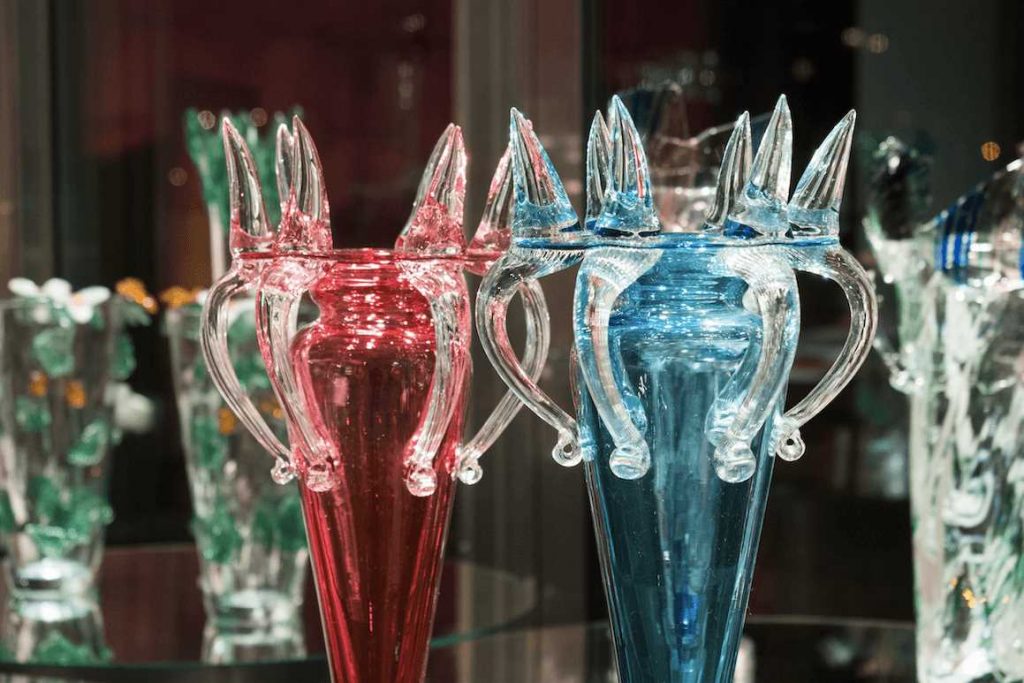
His enthusiasm for the Czech Baroque was reflected in his popularity of elaborate shapes. He also designed functional objects, but in his own words, functionality was the starting point, not the goal.
For several years he worked with the Czech Television, for which he proposed, among other things, the Thalia Award given by the Czech Drama Association for outstanding performances by dramatic artists.
In the 1990s he worked at the Academy of Arts, Architecture and Design in Prague, then at the Academy of Applied Arts in Vienna. He was the Dean of the Faculty of Architecture of the Technical University of Liberec, where he founded a completely new field of study called Environmental Design.
For more about the exhibition click here or here.












 Reading time: 3 minutes
Reading time: 3 minutes 


 Danish
Danish
 German
German



